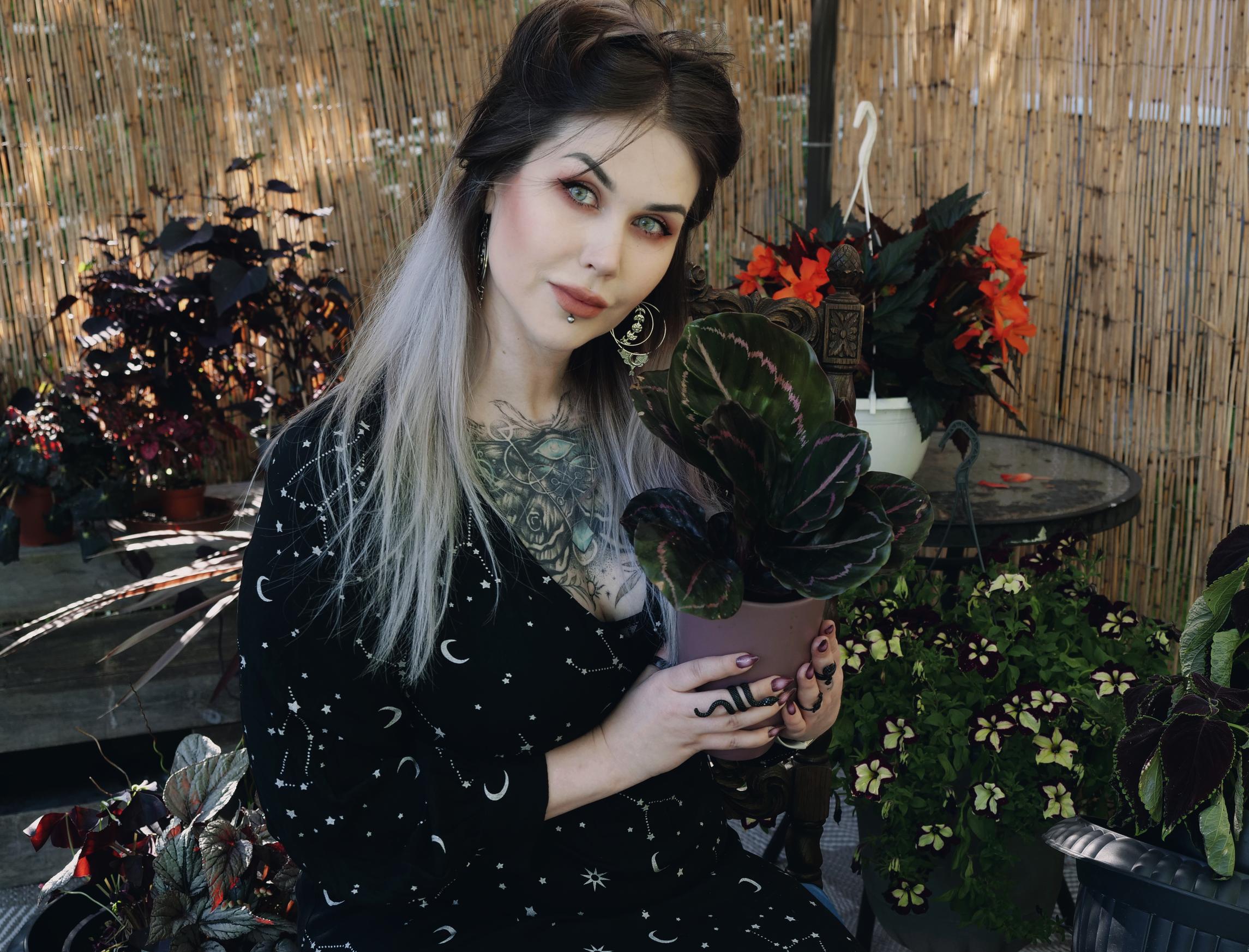Ida-Emilia turned ordinary display cabinets into a safe haven for her treasured plants—here’s how she did it
Many houseplant enthusiasts in Finland and beyond are excited about building plant cabinets. One of them is Ida-Emilia Kaukonen, who loves rare houseplants, especially alocasias. By converting IKEA display cabinets into plant cabinets, she can provide ideal growing conditions and keep pests at bay.
How did you get inspired to create your first plant cabinet?
My motivation to build the cabinets started with my rarer plants, which need higher humidity and more focused light than many other houseplants. I also wanted to protect them from pests—an inevitable part of plant care. The cabinet is essentially a safe haven for my plants.

What plants do you keep in your cabinets?
Primarily aroids, such as Alocasias and Anthuriums (flamingo flower). They are my biggest love, especially the ones whose leaves are nearly black or have pink variegation, almost cotton candy-colored.
I have a special bond with Colocasia (taro), which was my “gateway drug” into serious houseplants. I wanted my garden black Colocasias, but Finland’s summer is too cold for them. I had to lug them in and out. I bought a heat mat for the entryway, then a grow light, and soon that room was starting to look like a plant cabinet. That’s when I realized how much fun it is to fuss with these plants!



Your cabinets are metal-framed display cabinets. Where did you get them?
They’re IKEA’s Milsbo and Fabrikör cabinets.
What needs to be done to transform them into plant cabinets?
The cabinet must be able to close, and you also need grow lights, of course. With the smaller cabinet, I drilled a hole in the bottom using a metal drill bit for the cords. The larger cabinet already had two small cord holes, but we drilled a bigger hole in the top as well. I’ve also added seals to help the cabinet hold humidity. Typically, window and door seals work well.
What kind of lights do you have in the cabinets?
I use two kinds of LED strips—some from Plantagen and some from Nelson Garden. They’re designed for plants, which need certain blue and red wavelengths. One set of strips is attached with magnets to the metal ceiling of the cabinet, while the other set hangs from metal chains attached with S-hooks between the shelves and walls of the cabinets. The lights run on timers. Plants need a resting period; you definitely shouldn’t keep the lights on constantly.
Keep electrical safety in mind
If you get electrical devices for your plant cabinet, make sure they’re suitable for humid conditions.
Do you keep humidifiers or other devices in the cabinets?
Air circulation is extremely important, so I have fans to keep the air moving. If the humidity gets too high, the risk of fungal diseases increases. I also use humidifiers in the cabinets, but they don’t have to be on all the time. I monitor temperature and humidity constantly using gauges. I aim for between 60 and 80 percent humidity. If it drops, I can turn on the humidifier.
Simply having many plants in the same space raises humidity. You can also put damp moss or a shallow tray with gravel and water inside the cabinet.

Don’t the cabinet’s glass panes fog up?
I haven’t had that issue. The air circulates well, and my humidifier doesn’t run continuously—it just produces periodic bursts of mist.
Does cabinet size make a difference in maintaining consistent conditions?
In my experience, size does matter. A larger cabinet stays more stable, while a smaller one can be tricky. The small cabinet can get a bit too warm in the summer and cool down too quickly. If the temperature drops too fast from about 27–30°C (80–86°F), it really stresses the plants. During the day, the lights heat the cabinet, and at night, a heat mat keeps it warm—also on a timer.

Where should you place a plant cabinet in your home, and why?
Anywhere but directly in front of a window. If the sun shines right onto the plant cabinet, the temperature can rise so high that the plants get scorched. On the other hand, if you put it in a very dim corner, you might need more grow lights.
Roughly how much have the cabinets and equipment cost in total?
I’d estimate somewhere between four and five hundred euros per cabinet. At that point, it’s not much, given that the plants inside can cost hundreds of euros. The cabinet protects your investment.

Have you had trouble with pests?
Pests can certainly find their way into cabinets, but I haven’t had that happen. I have a three-stage quarantine system. A new plant first goes into a mini greenhouse in a separate room from my plant cabinets for at least a month. If it passes that stage, it moves closer, then into the living room, and only later into the plant cabinet. If I see the slightest sign of trouble, I move the plant back to quarantine. I use predator mite pouches (biological control), and I only go for other methods once I know which pest I’m dealing with.
You’re still developing your cabinets. What are you planning to do? Are you going to get more plant cabinets?
I’d like to replace the glass shelves with something more grid-like, to improve air circulation. With glass shelves, each level has a slightly different climate. I also want higher-quality fans. I plan to decorate the cabinets more, too—some vintage vibes, ornaments, and a baroque feel. I love crafting.
And maybe I need a third cabinet as well. There always seems to be room for one more!


